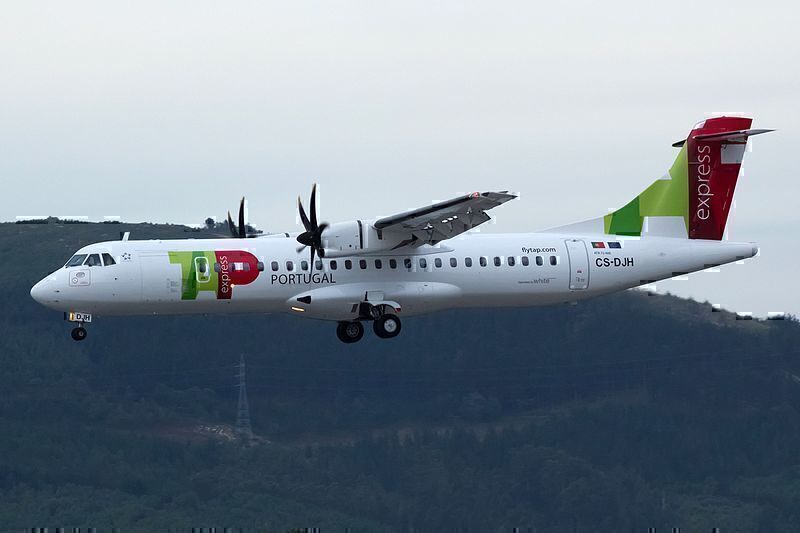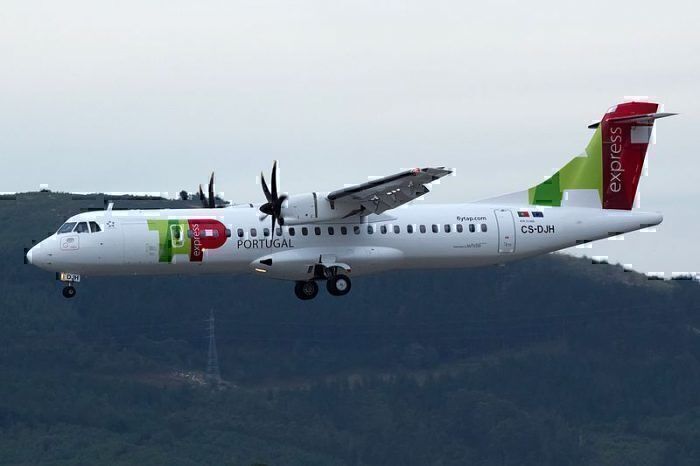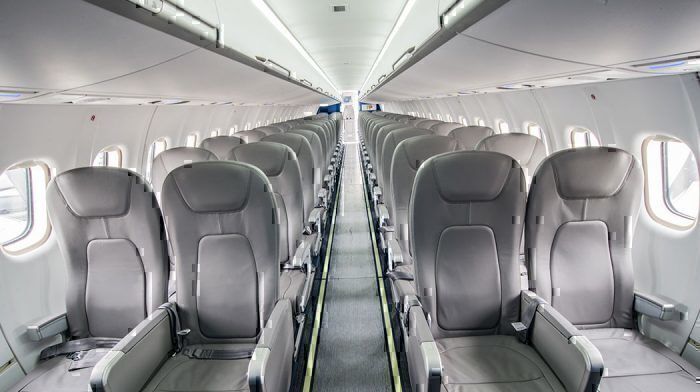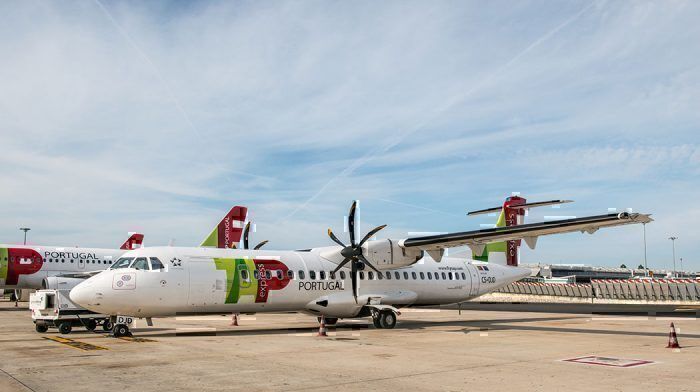Investigators in Portugal have suggested that a shortage of properly trained pilots may have led to a tailstrike incident in Morocco. At the time of the incident, an ATR 72 operated by White Airways for Portuguese national flag carrier TAP Portugal was being flown by a trainee ATR first officer.
The French/Italian built ATR 72-600 turboprop had been flying on the Lisbon Portela Airport (LIS) to Fes Sais International Airport (FEZ) route by a trainee first officer when the damaging tailstrike occurred.
The aircraft should have made a go-around
According to the GPIAA investigating authority, the aircraft's flight path was destabilized after the autopilot was disengaged at 1,300 feet some 4.3 nautical miles from FEZ Airport’s runway 27.
While flying operating in visual conditions with 58 passengers and four crew members on board the plane began to dip below its ILS glideslope while at the same time falling under the calculated 109-knot approach speed.
As the aircraft's pitch was increased, the plane leveled out at 700 feet passing above the glideslope until a nose-down input at 350 feet increased its decent rate and airspeed.
Despite the disrupted approach, the first officer continued to fly the plane until the captain took the control column at 20 feet and made a nose-up input.
Rather than perform a go around, the aircraft registration number CS-DJG hit the runway hard with its fuselage scraping the runway for 350 meters.
The first officer had only been flying the ATR 72 for a short time
Out of a total of 269 hours the female first officer had only logged 48 hours flying time on the ATR 72.
Despite an obvious lack of experience, she had been signed off the day before by the operator’s safety manager to fly without a safety pilot.
The inquiry into the incident which occurred on July 6th, 2018 pointed out that White Airways ATR operation is very demanding in terms of hours and cycles.
At the time of the hard landing, the Porto Salvo based airline had 41 captains, 28 first officers and five trainees for a fleet of eight aircraft.
Despite having planned for a ratio of five crews per plane, the ratio for first officers worked out to be 3.5.
Aviation website Flight Global cites the GPIAA findings that suggest White Airways had problems with recruiting personnel given its size and type of operation.
“At the time of the event, operators found it difficult to maintain their pilot workforce due to market conditions,” says the inquiry.
“The lack of pilots in the operator – in particular first officers – may have conditioned the trainee first officer’s release for flight without a safety pilot, even though she revealed aircraft handling difficulties during the landing phase.”
Despite the damage, the plane flew back to Lisbon
When looking at the first officer's training record, the GPIAA found several comments regarding her difficulty with landings, something that the captain of the aircraft involved in the Fez accident was aware of.
To make matters worse, the aircraft returned to Lisbon in an unairworthy state after the captain failed to notice damage to the aircraft that included sheared rivets and wear on the tail-skid.
Before a scheduled flight the following day, the damage was spotted and the aircraft taken out of service.
I have flown with White Airways on one of their ATR 72s several times and have never had a problem, yet instances like this highlight training and safety issues with small airlines.




